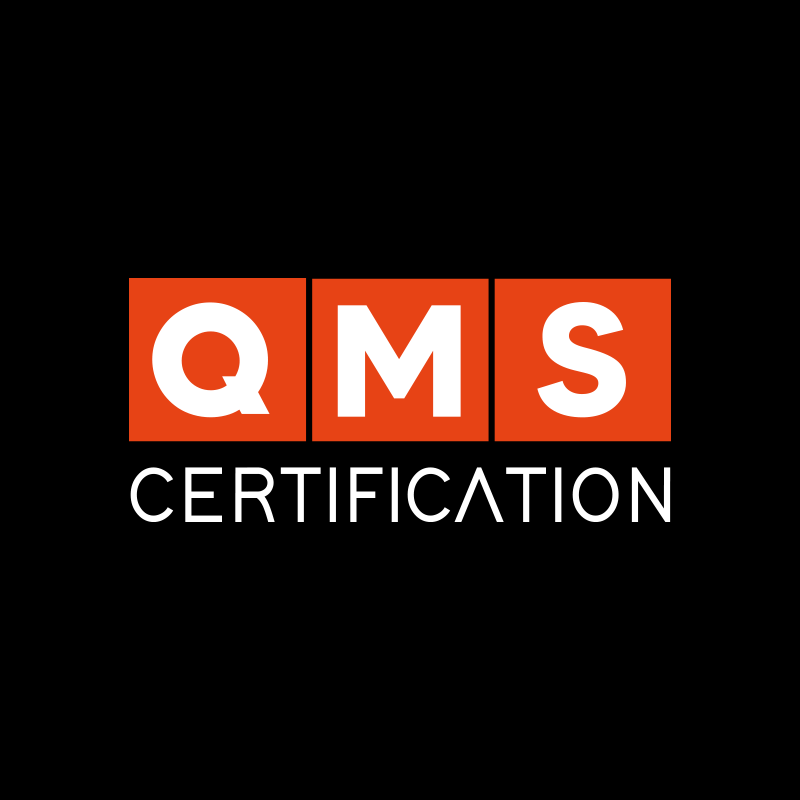The modern global landscape has intensified issues that have long existed within organizations: lack of clear strategic direction, conflicting and uncoordinated decisions, difficulty in implementing change, unclear long-term goals, and rising levels of risk. These challenges demand fast and assertive actions, making the role of directors and managers even more intense and complex.
It is within this dynamic business environment that a governing body makes all the difference. A strong governing body is essential to guide and shape the future of an organization.
Composed of experienced and visionary leaders, this group plays a critical role in setting strategic direction and ensuring long-term sustainability — while also being able to respond to short-term crises. Given its importance, this article will explain what a governing body is and highlight its strategic function in companies. Let’s get into it.
What Is a Governing Body?
A governing body is a formal structure within a company, typically composed of senior-level individuals such as executive directors, presidents, and other top management representatives.
This group not only defines the organization’s overall strategy but also supervises its implementation and monitors performance. The governing body makes decisions regarding market expansion, product and service portfolios, investment allocation, partnerships, acquisitions, and other strategic matters.
In summary, the governing body plays a crucial role in directing and sustaining business growth. All strategic decisions pass through this group, which must understand both the internal context and the broader market in order to make informed, competent decisions.
Key Responsibilities of a Governing Body
Although responsibilities vary by company and industry, most governing bodies share a set of common functions. These typically include:
- Defining strategy and objectives: Setting long-term goals and strategic direction that influence the organization’s operations.
- Making critical decisions: Deciding on investments, mergers, partnerships, and other key matters that shape the company’s future.
- Corporate governance: Ensuring ethical and legal operations, protecting stakeholder interests, and maintaining compliance with internal policies and regulations.
- Monitoring and evaluation: Regularly reviewing financial, operational, and strategic performance and adjusting plans as necessary to achieve desired outcomes.
- External representation: Acting as the official face of the organization with external stakeholders — such as investors, regulators, clients, and the public.
The Strategic Importance of a Governing Body
An effective and aligned governing body is essential for any organization to not just survive but thrive in today’s competitive environment. By aligning strategic vision with operational execution, the governing body creates a clear path to sustainable growth and innovation.
It also holds a systemic view of the organization — understanding how every function and process interacts to create value. This perspective helps align macro-level strategies with crises, innovations, and internal decision chains, ensuring consistent communication and decision-making across all levels of the organization.
Ultimately, the governing body is the strategic core of a modern company. Its leadership and informed decision-making are key to navigating the complexities of an ever-evolving business landscape. Companies without a strong governing body are more prone to confusion, rework, and both strategic and operational errors.
The Pros and Cons of Serving on a Governing Body
Being part of a governing body can be prestigious and rewarding. Members gain opportunities to influence the company, represent it in the market, and positively impact both internal and external stakeholders. They often receive recognition for strategic leadership and contribution.
However, the role comes with significant responsibilities and challenges. Members must adapt to market shifts, manage crises, lead teams, and meet strategic goals — all while setting a positive example and ensuring compliance and ethical governance.
Strategy, Direction, and Results!
In a world of constant change and relentless challenges, a governing body is like a compass in a storm. Beyond making decisions, this group sets the pace, inspires trust, and drives the organization’s future. Companies that understand this don’t just survive — they lead, innovate, and stand out.
Having a governing body is no longer a luxury reserved for large corporations — it is a strategic necessity. If your organization hasn’t yet prioritized this leadership structure, now might be the time to reflect and act. The results — and your future — will thank you.
So, who is really guiding your company? A strategic, aligned leadership group — or reactive, isolated decisions? Think about it — the future of your business may depend on the answer.
Read: Red Flags in Compliance: What Are They and How to Avoid Them?










